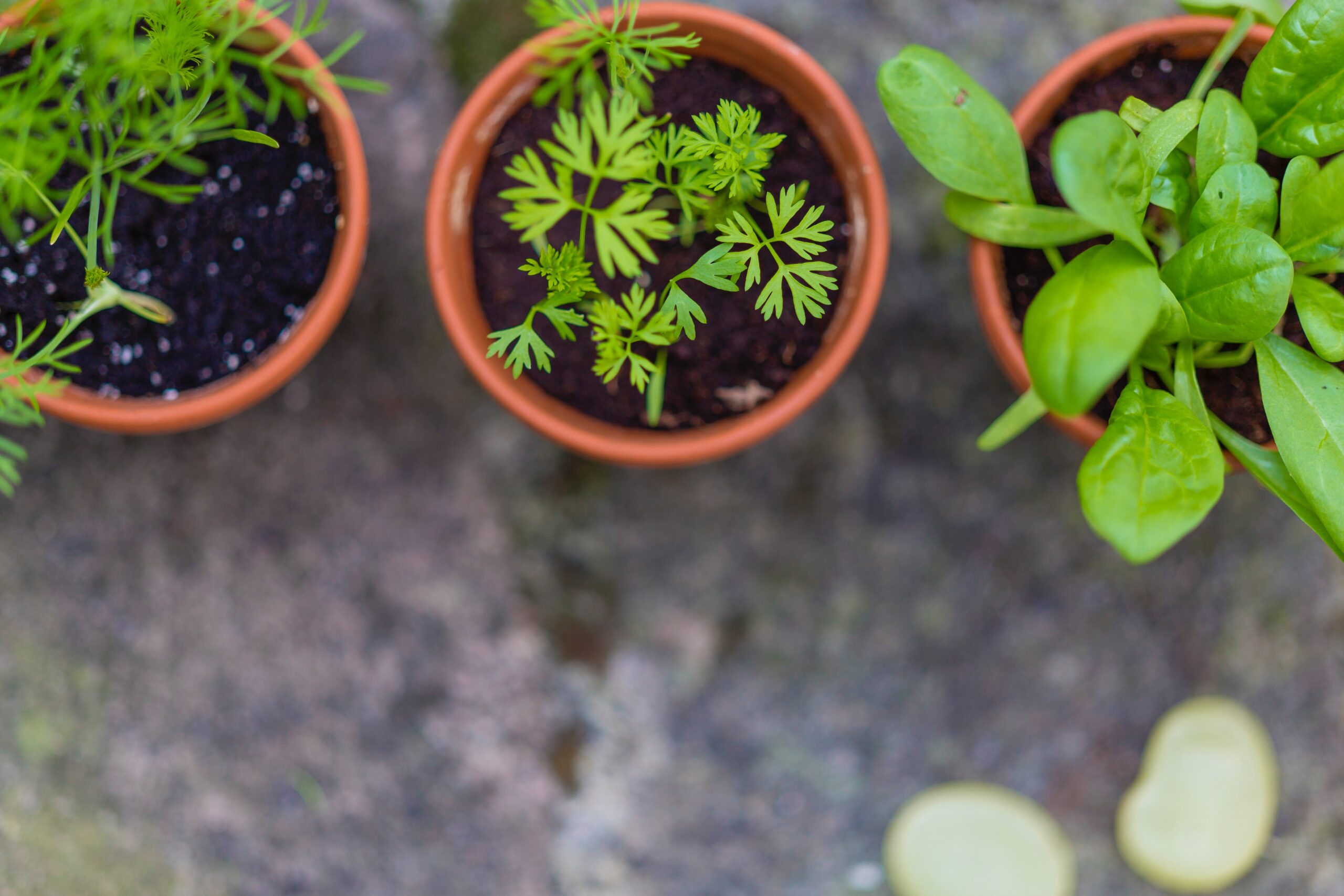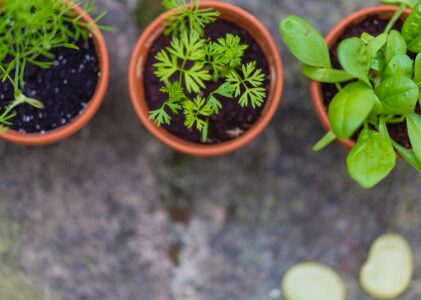Hey there, fellow green-thumbed city-dwellers! Are you excited to embark on your urban gardening journey? Hold up, though – before you dive headfirst into planting and nurturing your very own oasis, it’s crucial to take a step back and assess your space. Trust us, this small but mighty step is the key to unlocking your garden’s full potential and setting yourself up for success.
You see, not every space is created equal, and that’s especially true in the bustling, ever-changing urban landscape. From tiny balconies to sunlit windowsills, each spot comes with its own unique quirks and challenges. Taking the time to assess your space helps you understand what you’re working with – be it sunlight, wind, or access to water – and ultimately makes it easier for you to create a thriving urban garden, even in the most unlikely corners of the concrete jungle.
So, let’s get down to business and learn how to pinpoint the perfect spot for your urban garden. In this blog post, we’ll reveal the secrets to assessing your space like a pro, making sure you’re well-equipped to grow a lush, flourishing green paradise, no matter where you call home. Grab your notebook, and let’s dive in!
Sunlight
Let’s talk about one of the most crucial factors for any garden – sunlight. Knowing how much sunshine your space receives is the first step in creating an urban garden that’ll have your plants basking in the perfect amount of light. So, how do you figure out if your space is a sunbathing paradise or a cozy shade retreat? We’ve got you covered with these simple steps.
First up, observe your space throughout the day to get a feel for how the sunlight shifts. Grab a cup of coffee and start your observations early in the morning. Take note of when and where the sun hits your space, and check back in every couple of hours. You’ll want to pay special attention to the number of hours of direct sunlight each area gets. A handy tip? Use a simple smartphone app designed for tracking sunlight to make this task even easier. SASHA the Sun And Shade Analyzer is one example. Also be aware of what season you are in, and how the sunlight will change over time. If you take pictures of the sun and shade you can refer back to your pictures and notes at a later date.
Now that you’ve got a good grasp on your garden’s sunlight situation, let’s dive into the world of plants and their unique sunbathing preferences. It’s important to choose plants that’ll thrive in your specific lighting conditions, and that means getting familiar with sun-loving and shade-tolerant varieties. Don’t worry; we’re here to help you figure out which plants will feel right at home in your urban garden.
Sun-loving plants are the life of the garden party, basking in full sun for at least six hours a day. These rays of sunshine are essential for their growth, flowering, and fruit production. Some classic sun-lovers you might want to invite to your garden shindig include tomatoes, peppers, eggplants, and cucumbers. Herbs like basil, rosemary, and thyme also enjoy basking in the sun, so don’t hesitate to add these fragrant delights to your sun-drenched space. Just remember to keep them well-watered, as sun-loving plants can get thirsty!
On the other side of the spectrum, we have our cool, calm, and collected shade-tolerant plants. These laid-back plants prefer a little protection from the sun’s rays and can grow happily in dappled light or partial shade. Some popular shade-tolerant veggies include leafy greens like lettuce, spinach, and kale, as well as root vegetables such as carrots, beets, and radishes. For a touch of greenery, ferns and hostas make excellent additions to shadier spots. And let’s not forget about herbs like mint, parsley, and chives, which can also thrive in less sunlit corners. By mixing and matching sun-loving and shade-tolerant plants according to your garden’s light conditions, you’ll create a lush, thriving oasis that caters to each plant’s needs.
Wind Exposure
Wind exposure might not be the first thing that comes to mind when planning your urban garden, but it plays a significant role in your plants’ well-being. City spaces can often experience gusty conditions, which can stress or even damage your precious plants. So, let’s breeze through some essential tips on how to measure and manage wind exposure in your urban garden.
To measure wind exposure, take a few days to observe the wind patterns in your space. Notice when and from which direction the wind tends to blow, and if there are any particularly gusty spots. You can also use a small handheld anemometer (a wind speed measuring device) to get a more accurate reading of wind speeds in your garden area. By identifying areas with higher wind exposure, you can make informed decisions about where to place more delicate plants and which parts of your garden may need extra protection.
Managing wind exposure is all about creating a calm, sheltered environment for your plants. One way to do this is by using windbreaks, such as lattice panels or trellises with climbing plants. These structures help diffuse the wind, making it less intense and less likely to harm your plants. Another option is to place your more delicate plants in containers, allowing you to move them to a more sheltered location when strong winds are expected. You could also consider planting taller, sturdier plants on the windward side of your garden, creating a natural barrier that shields your more vulnerable plants from gusty conditions. By taking these steps to manage wind exposure, you’ll ensure that your urban garden remains a peaceful haven for both you and your plants, even on the windiest of days.
Water Access
Water access is one of the most fundamental aspects of creating and maintaining a thriving urban garden. After all, plants need water to grow, develop, and stay healthy. In this section, we’ll explore how to ensure your urban garden has easy and efficient water access, helping you keep your plants happily hydrated without any fuss.
First things first, evaluate your current water sources. In an urban environment, you may have access to a tap or hose, or you might need to rely on collected rainwater or water from inside your home. Take note of the distance between your water source and your garden, as well as any obstacles that might make watering a challenge. If your water source isn’t particularly convenient, consider investing in a lightweight, expandable hose, a watering can, or even a portable water container on wheels to make the task easier and more efficient.
Once you’ve got your water source figured out, it’s time to think about water conservation and efficiency. One way to make the most of your water supply is to use a drip irrigation system or soaker hoses, which deliver water directly to your plants’ roots and help minimize water loss due to evaporation. Mulching around your plants is another excellent way to conserve water, as it helps keep the soil moist for longer periods. If space allows, consider installing a rain barrel to collect rainwater, providing a sustainable, eco-friendly water source for your garden. By being mindful of your water access and usage, you’ll not only help your urban garden thrive but also contribute to the overall health of our planet.
Space Considerations
Space considerations are essential when planning your urban garden, as they help you make the most of your available area, be it indoors or outdoors. By carefully considering your space, you can choose the right plants, containers, and garden layouts to create a flourishing garden that fits your unique environment. Let’s explore some key points for both indoor and outdoor space considerations.
Indoor Space Considerations:
- Light sources: Consider the amount and quality of natural light in your indoor space. Windowsills, sunrooms, or areas close to large windows are ideal for plants that need plenty of light. For low-light spaces, you may need to invest in grow lights to provide the necessary light for your plants to thrive.
- Temperature and humidity: Ensure your indoor garden space has a consistent temperature and adequate humidity for the plants you want to grow. Some plants may need a warmer environment, while others prefer cooler temperatures. Humidity levels can also affect plant growth, so consider using a humidifier or dehumidifier if needed.
- Vertical gardening: Make the most of your indoor space by growing plants vertically. Use shelves, hanging baskets, or wall-mounted planters to create a lush green oasis without taking up precious floor space.
Outdoor Space Considerations:
- Maximizing space: In small outdoor areas like balconies or patios, think vertically to make the most of your space. Use wall planters, trellises, or vertical garden structures to grow a variety of plants without overcrowding your area.
- Container gardening: Containers offer flexibility and mobility, allowing you to grow plants in small or challenging outdoor spaces. Choose containers with adequate drainage, and consider using lightweight materials like fabric or plastic to make them easier to move.
- Multi-functional features: Incorporate multi-functional garden features like benches with built-in planters or modular garden beds to make the most of your outdoor space. These features not only add visual interest but also provide extra planting areas.
By carefully considering your indoor and outdoor space, you can create a garden that thrives in harmony with its surroundings and brings joy to your urban environment.
Conclusion
And there you have it, folks! By following these essential tips and perfect spot secrets, you’re well on your way to creating a thriving, beautiful urban garden that fits seamlessly into your unique space. Remember, the key to unlocking your garden’s potential lies in understanding your specific environment and choosing the right plants and techniques that cater to its distinct characteristics. So don’t shy away from assessing, experimenting, and adapting as you go!
As you venture into the world of urban gardening, keep in mind that patience and persistence are your best friends. Creating the perfect urban garden takes time, and you may encounter a few hiccups along the way. But don’t worry! Each challenge is a learning opportunity that will ultimately make you a better, more resourceful gardener. Plus, the satisfaction of enjoying your own homegrown produce, vibrant blooms, or lush foliage makes every bit of effort worthwhile.
So, what are you waiting for? Grab your gardening gloves, put on your favorite sun hat, and start exploring the exciting world of urban gardening today. With our perfect spot secrets in hand, you’ll soon be enjoying the fruits (and vegetables) of your labor, all while creating an urban oasis that brings a touch of nature into your city life. Happy gardening!

